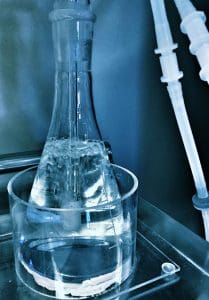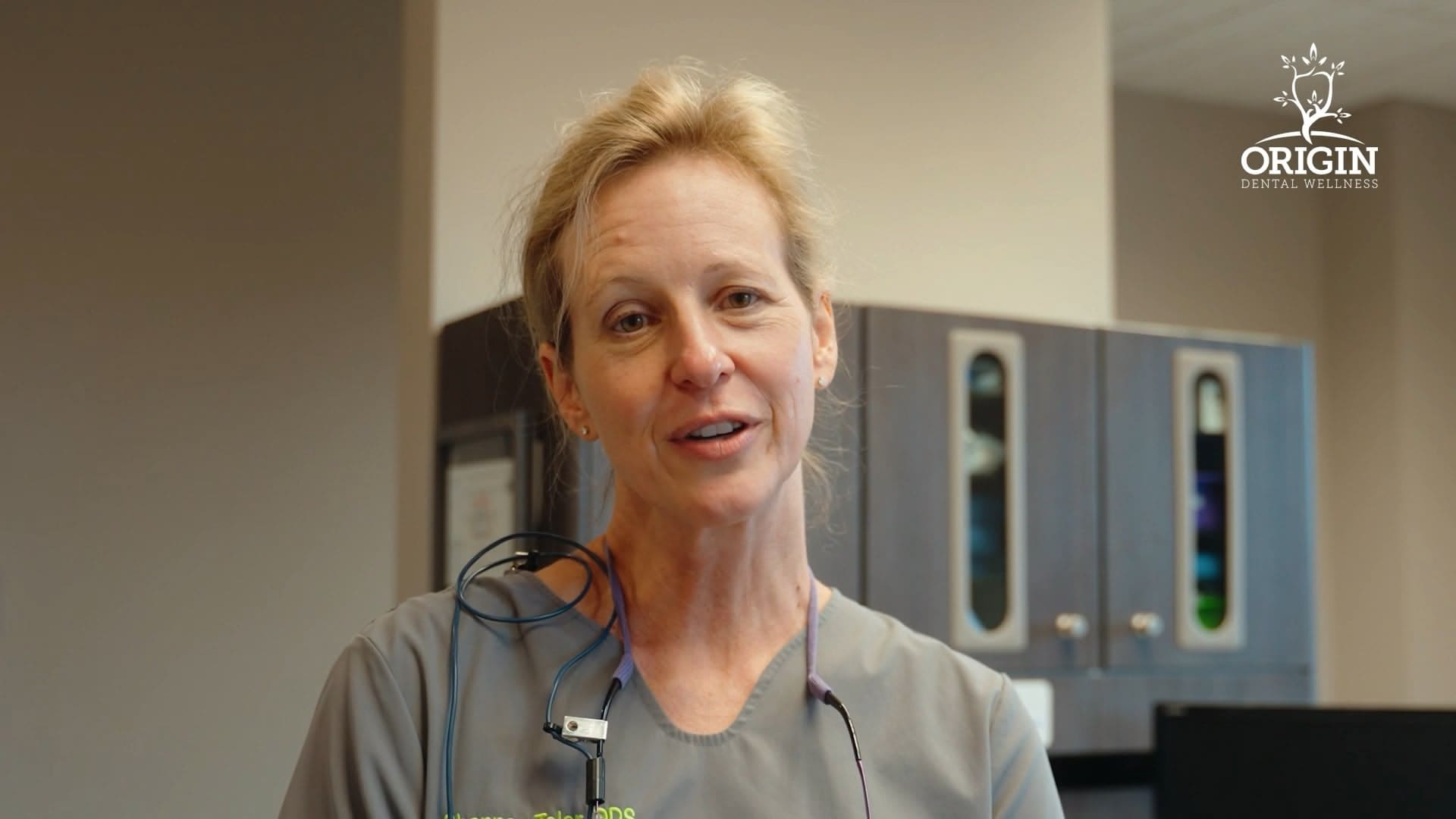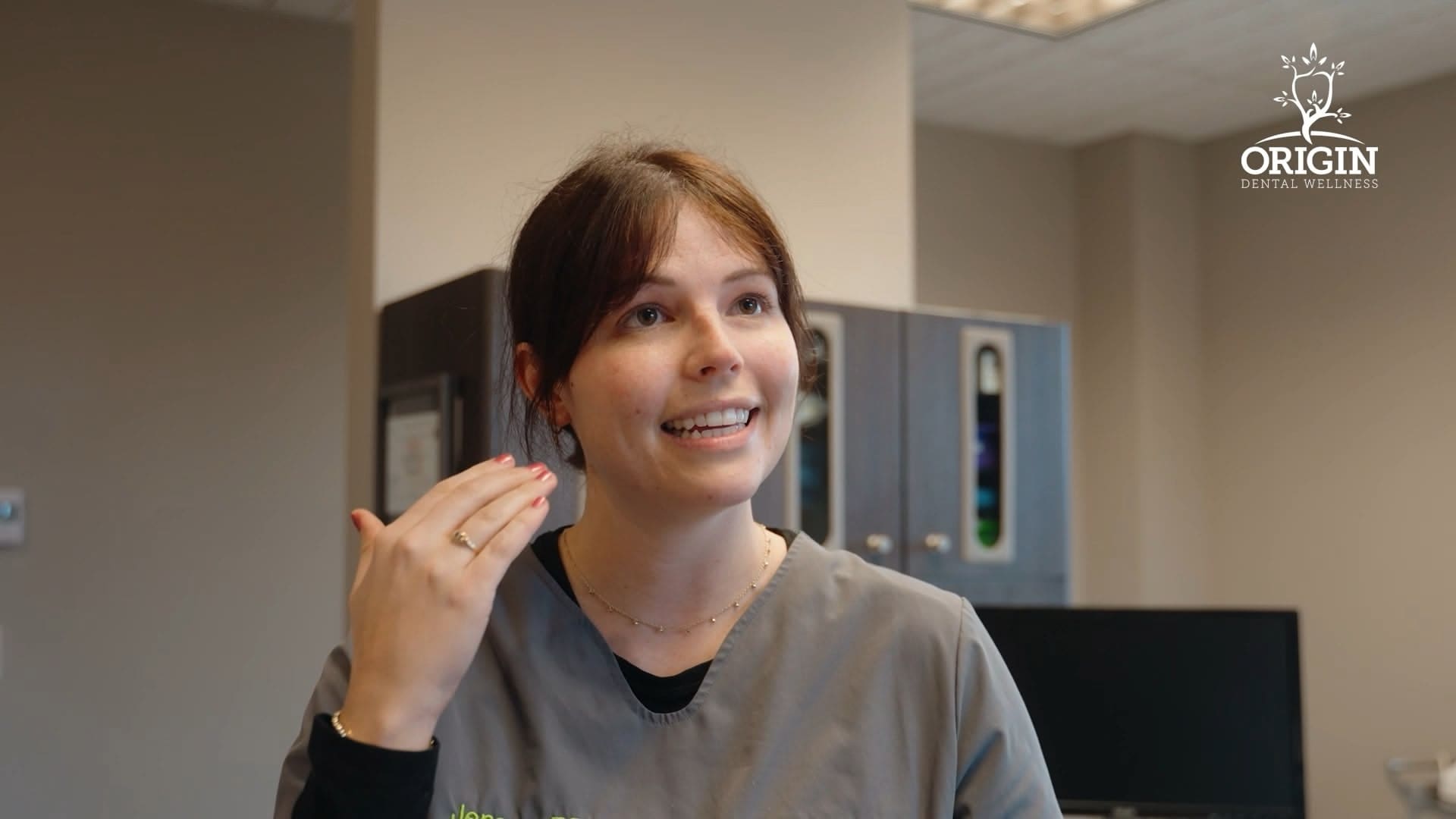What if you could use just one non-toxic yet highly effective biological agent for any and all infectious processes/pathogens in the mouth?

What if that same biological agent not only eliminated viruses and bad bacteria, but all pathogens. ALL!! And not to brag (but as a bonus), what if that agent ALSO supported healthy cells while stimulating a persons’ natural healing processes in the teeth, soft tissue and bone?
If this treatment was available for every single procedure Origin Dental Wellness performed, would you want it?
The great news: It IS available. Not only that, but it’s our standard of care, which means it is what we do to give you the best possible experience and opportunity for optimal health.
It may come as a surprise, but oxygen/ozone therapy has a long history of research and clinical application dating as far back as 1870. Ozone has been used in the dental/medical world for decades. Its safety surpasses pharmaceutical needs with numerous studies to testify to its legitimacy and efficacy. Back when oil was being discovered in the Tulsa area, dental applications of oxygen/ozone became widespread throughout Europe and America and more than 114 diseases were listed for treatment with this type of therapy. Today, its use has been indicated for the treatment of 260 different pathologies.
In the clinical setting, an oxygen/ozone generator simulates lightning via an electrical discharge field. Oxygen in the air we breathe is actually two molecules of oxygen attached together, or O2. Ozone is an ‘activated’ form of oxygen where there are actually three atoms of oxygen attached together, forming a molecule that is “03”.
Ozone (O3) behaves completely differently than O2. Ozone is far more energetic and oxidative than Oxygen, which is what makes it so valuable to us for so many applications, such as Air Purification, Water Purification, and Medical Ozone Therapy Applications.
Ozone gas is 1.5 times greater than chloride when used as an antimicrobial agent against bacteria, viruses, fungi, and protozoa. It also has the capacity to stimulate blood circulation and the immune response.
Oxygen/ozone therapy in dentistry contains a multiplicity of protocols to deal with dental infection. Three fundamental forms of application to oral tissue are applied:
- Ozonated water
- Ozonated olive oil
- Oxygen/ozone gas
Ozonated water and olive oil have the capacity to entrap and then release oxygen/ozone, an ideal delivery system. These forms of application are used singly or in combination to treat dental disease.
Dental treatment modalities of ozone therapy include, but are not limited to:
- Infection control
- Tissue regeneration
- Tooth sensitivity
- Biofilm purging
- Cavity prevention
- Bad breath prevention
- Tooth surface remineralization
- Tooth extraction
- Gum recession
- Accelerated healing
- Pain control
Treating Cavities
The vast majority of carious lesions can be eliminated by adequate uses of ozone in gaseous, aqueous or oil forms. Even extremely deep lesions can predictably be arrested. It’s also been found that we can reverse early lesions and heal teeth utilizing Ozone therapy. However, once there’s a hole, there’s a hole, which leads us to our restorative technologies to repair any damage.
Cavities can also be prevented in the first place using this therapy. It parallels what physicians are seeing with management of biofilm infections elsewhere in the body
Not only does ozone kill all the bad bacteria, fungi, viruses and protozoans, it also removes their breakdown products as well as other necrotic debris. In the case of caries, much of the waste is highly acidic. That’s what contributes to the initial attack on enamel. But, beyond that, it’s the various biomolecules left behind by the acidogenic infecting organisms that enables others to colonize and take over the biofilm and perpetuate the carious attack. If one not only removes the germs but also the residual biomolecules, the niche collapses and a much less damaging biofilm can be encouraged to predominate. We create a window of approximately 3-4 months in which teeth can remineralize from the supersaturated calcium and phosphate ions common in a healthy saliva. After using ozone, dentists can encourage this remineralization with a variety of other supplements.
It is also not uncommon to make full-arch trays covering all the teeth and gums and then insufflating the area for several minutes every few months as a preventive measure.
From a holistic standpoint, the germs notoriously responsible for tooth decay also show up in arterial plaque and contribute to atherogenesis. They attack joints and prostheses. They can cause fatal brain infections.
Viral/Fungal Infections
Ozone is particularly well suited to the management of viral and fungal lesions. The pain and disfigurement of perioral herpetic infections is a good example. In short order, the practitioner can render the areas comfortable and significantly accelerate the healing process. Interestingly, around 25% of lesions treated with ozone do not appear to recur. Both gas and ozonated oils are well suited to managing viral infections.
Managing Periodontal Infection
Periodontal (gum) disease is most commonly associated with halitosis. It ultimately results in the loosening and loss of teeth. As you can imagine, this can quickly go beyond being just a dental problem. The infective process can easily lead to a lesion wrapping around the roots of the teeth in a highly contaminated area. Upon adding up all the pustulent, raw tissue it can quickly sum up to the surface area of the palm of the hand or even the entire forearm. The only saving grace is the lesion is generally hidden. If a patient walked in with a fungating lesion over half the face, it would probably demand immediate attention. But with periodontal attack, there’s rarely no pain until the very end stages, so it’s frequently out-of-sight, out-of-mind.
Nevertheless, a large percentage of patients present with periodontal lesions that lead to a constant germ cascade directly into the entire circulation. Beyond direct infection, this incursion is highly inflammogenic and, among other consequences, attacks the endothelium of all vessels. Once damaged, the endothelium then admits pathogenic organisms into the intima and the stage is now set for atherogenesis.
Knowing there are 700 oral bacterial species and as many as 19,000 different phenotypes suspected as causative agents in periodontal attack, and with the current knowledge of the formation of biofilm and its layering and protective elements, new nonspecific treatments must be found. Ozone fulfills these criteria. Ozone gas, ozonated oils and water can be applied into the sulci, or directly into abscesses or even directly into areas of chronic infection to curb and eliminate the bacterial population.
Sinusitis and Temporomandibular Joint Dysfunction
Frequently, pain felt in the maxillary posterior teeth comes from infection and inflammation of the sinus directly above the dental roots. Dentists can help your patients using ear insufflation as well as injections of low concentration ozone gas into the loose areolar tissues on the buccal surfaces along the sinus wall. Since easily 25% of sinus infections are fungal in origin, the indiscriminate disinfecting power of ozone seems to outshine the uses of antibiotics.
Immune System
For those with a weakened immune system, Ozone can boost your immunity. For those with Auto-Immune Disorders, Ozone will modulate the immune system to help to stop it from attacking healthy human cells.
In conclusion, since the oral cavity appears as an open ecosystem, with a dynamic balance between the entrance of microorganisms, colonization modalities, and host defenses aimed at their removal, Ozone’s application in dentistry has been more beneficial than present conventional therapeutic modalities that follow a minimally invasive and conservative application to dental treatment. The molecular composition of ozone further benefits practical functionality in dentistry.
Information sourced from:
Dental Ozone Therapy (Journal of Natural Science, Biology and Medicine
J Nat Sci Biol Med. 2011 Jul-Dec; 2(2): 151–153. PMCID: PMC3276005
doi: dx.doi.org/10.4103/0976-9668.92318 PMID: 22346227
Rajiv Saini
Ozone Therapy in Dentistry
A Brief Review for Physicians
Interventional Neuroradiology. 2014 Oct; 20(5): 632–636. Published online 2014 Oct 17. doi: 10.15274/INR-2014-10083
PMCID: PMC4243235 PMID: 25363268
William C Domb


